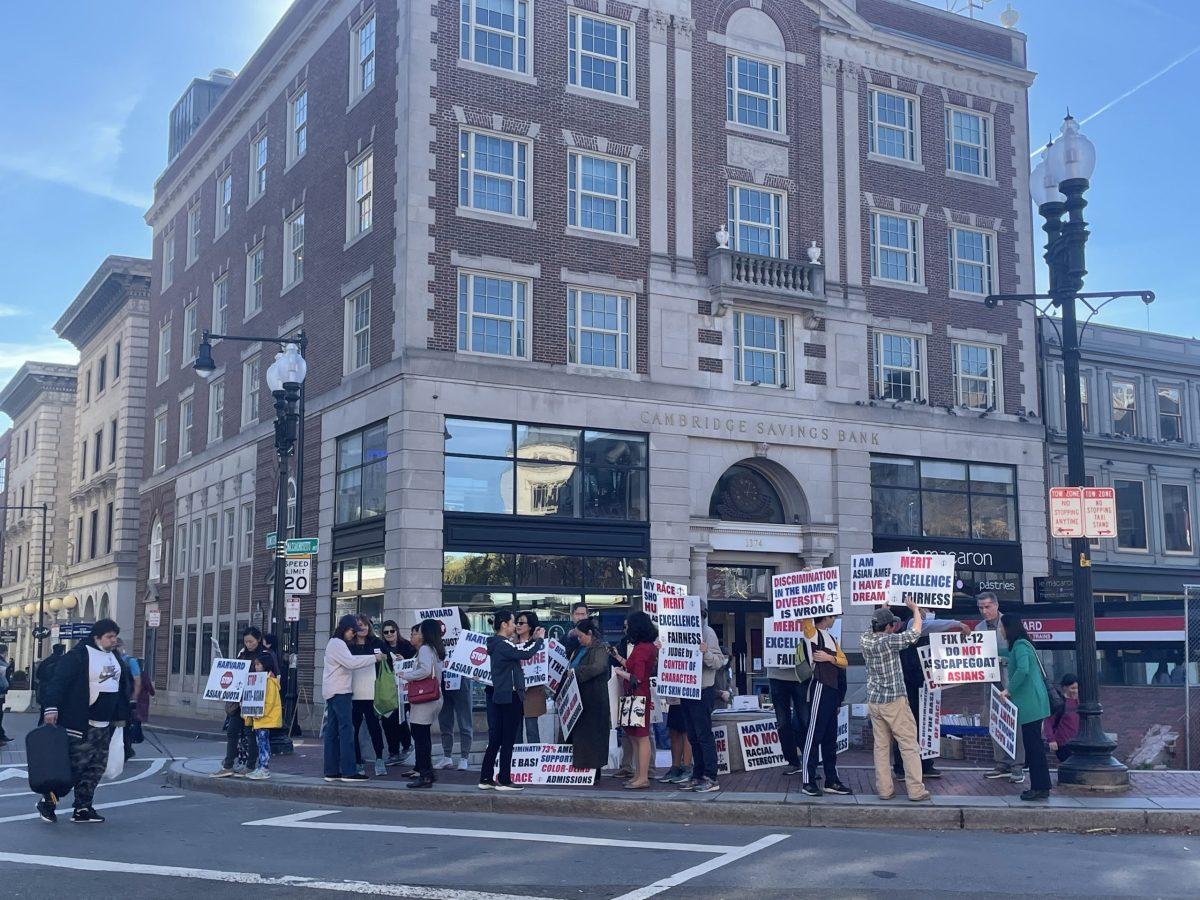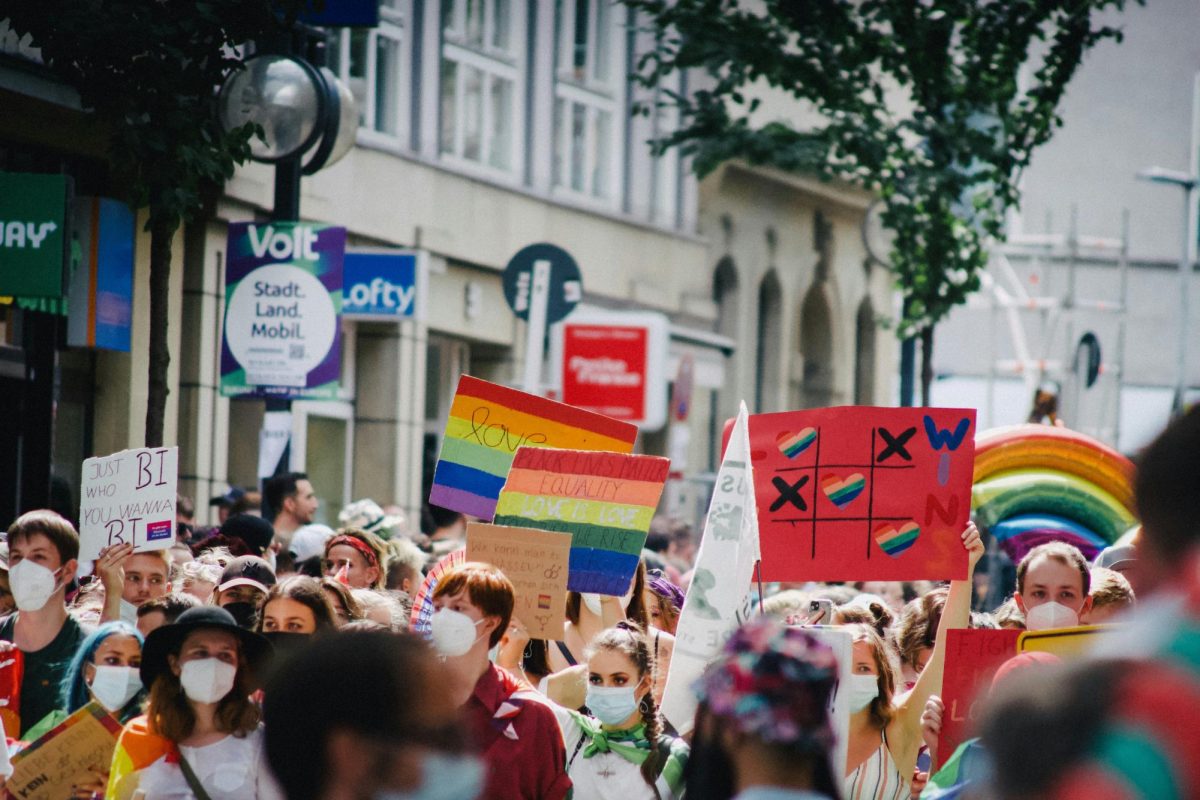On Oct. 31, the Supreme Court heard arguments related to affirmative action in two cases filed against Harvard and the University of North Carolina by the organization Students for Fair Admissions. The claims were that race-conscious admissions discriminate against Asian American and white students, and instead favored Black and Latinx students, even when Asian and white students have higher qualifications.
This is a fundamental misunderstanding of how affirmative action and any type of race-conscious admissions system works. Race is not the only factor that is considered, but one which provides context to every other.
I have grown up quite privileged throughout my life. I had the privilege of going to a well-funded public school that provided opportunities I would not have gotten in the district right next to ours. My parents could afford to pay for SAT prep classes, could drive me to the library where I used to volunteer, and to the office where I used to intern. My parents can afford to pay for my college tuition.
My parents, two Indian immigrants, who have worked long and hard to get to where they are have put my sisters and I at an advantage many don’t have.
I now attend one of the most prestigious liberal arts colleges in the country, and it is because of all the opportunities and comforts I was provided with as a result of my parents’ education and employment, and of course, their hard work.
The children of Asian immigrants complaining about the fact that affirmative action is taking away the opportunities that they worked for ignore the fact that their parents would never have made it here had it not been for the people who affirmative action is meant to benefit.
We would not have been here without the Immigration and Naturalization Act of 1965 that was passed because of the activism of Black people, who led the Civil Rights Movement. The Immigration Act allowed for highly educated professionals to immigrate to the U.S. Affirmative action first came about as an idea proposed by the Kennedy administration to address systemic discrimination in education and employment, but the current definition of affirmative action is the consideration of race as a factor in admissions to higher education institutions, like Harvard College/University. Asian Americans were brought here specifically because of their educational and professional achievements, so many of them came here already a step up in class and wealth from other minority groups already in the US, who have been historically targets of systemic racism.
The Asians complaining about affirmative action also do not acknowledge the diversity within the Asian American and Pacific Islander (AAPI) group, and the fact that AAPIs have the highest wealth gap of any group in the US. Members of the upper middle or higher classes are more likely to have the time to focus on college applications and SAT prep, so Students for Fair Admissions’ claims don’t even apply to all AAPIs. The students and parents complaining about affirmative action clearly are well-off enough to have time to advocate against it.
For Black and Latinx students, whom affirmative action is designed to benefit most, this is not the case. An admission to Harvard College/University for some members of marginalized groups could be life-changing. They have been historically underrepresented in these institutions, and suffer from systemic discrimination and disadvantages. Affirmative action is not a perfect solution, but it is one step to get them to a position where they can find opportunities beyond what they would be able to otherwise. Considering their race and their context is crucial to understanding the opportunities they have been denied. Having more diversity in a student body is a step towards overcoming systemic discrimination.
Comparatively, APPI students are given more chances in primary school and high school because of their identity, according to research from scholars Min Zhou and Jennifer Lee. AAPI students were assumed to be hard workers and intelligent because of the stereotypes that people hold of Asians.
Curiously, Students for Fair Admissions doesn’t have similar complaints about unqualified applicants when it comes to legacy admissions. Legacy admissions by definition puts white applicants at an advantage, since it is mostly white people who have been historically allowed in these institutions.
Deciding to pit ourselves against Black and Latinx students, who have been extremely underrepresented in these institutions, is only helping to exacerbate the problem. A history of white supremacy and discrimination in these institutions is the real problem, and this will not be addressed if we decide to target affirmative action as the reason opportunities are taken away from us.
While affirmative action is definitely a step in the right direction to level the playing field in higher education, the uncompromising defense of it also does perpetuate the problematic assumption that equal opportunity in education is the only solution to addressing the ways in which Black, Latinx and other minority groups have suffered from systemic racism. Any member of a minority group is deserving of a better life and equality in any situation, and that will only come from truly addressing systemic racism throughout everything: housing, mass incarceration, employment opportunities and education.




